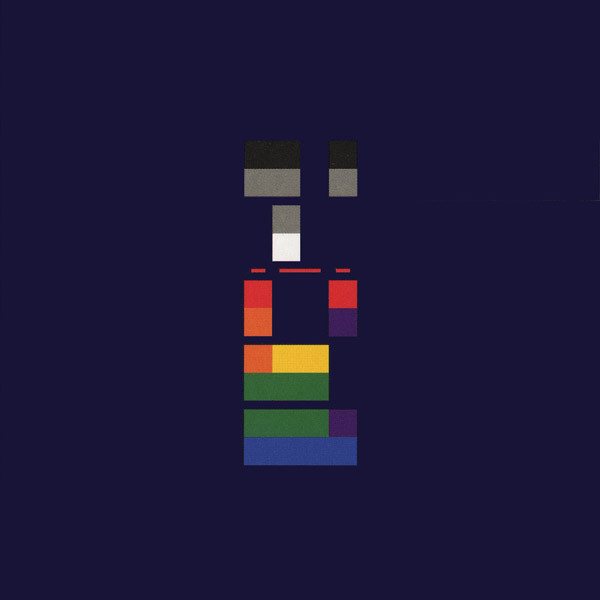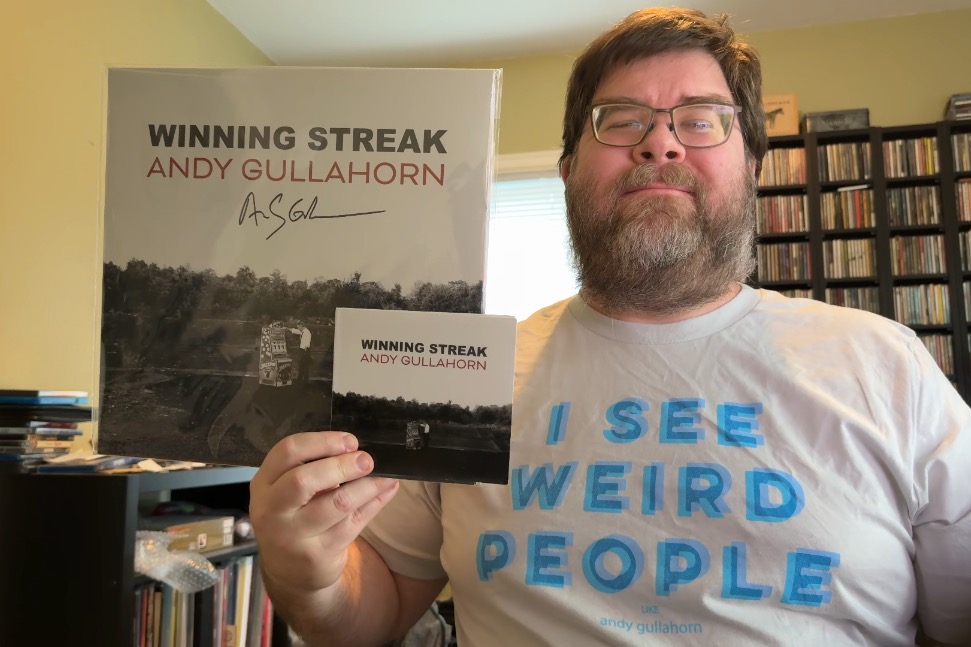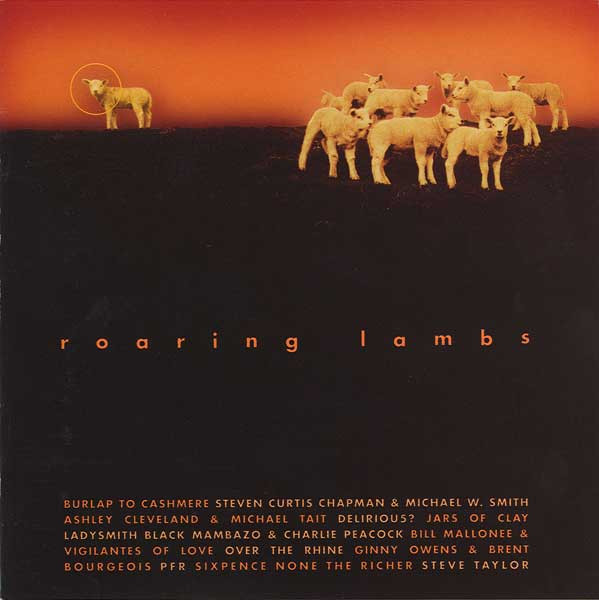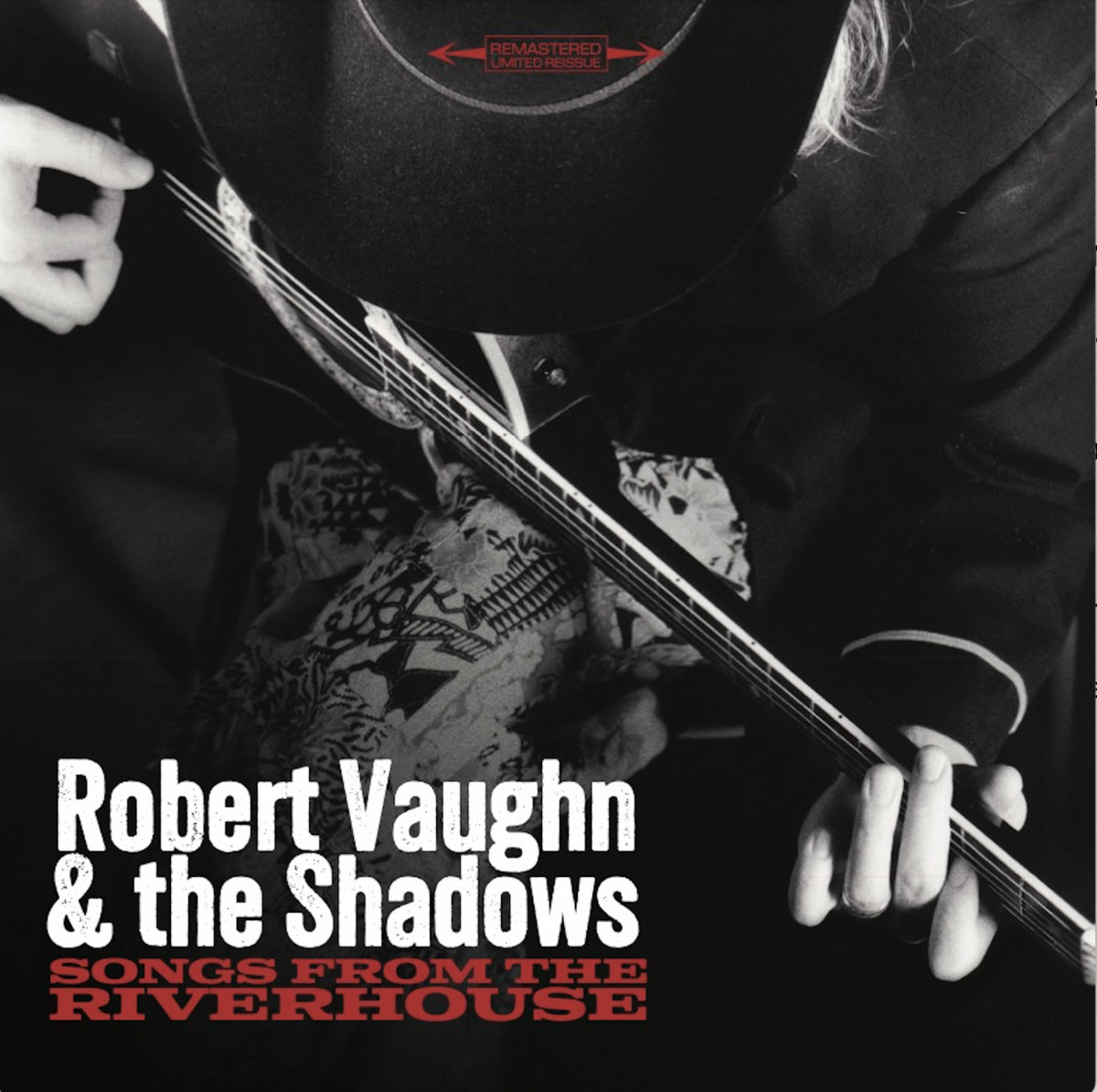Blog
Album Of The Day: X&Y by Coldplay

Released 20 years ago today in the United States, this is the third album from rock/pop band Coldplay and may be still one of their best albums. Lyrically, the band asks some of the deep questions of life here and it seems like the band was grappling with their new-found success and status as an arena rock band. Musically, it's a great mix of keyboard-based and guitar-based sounds with top-notch bass and drums as well for a nice full-band sound. This album is a great hour of music if you play it right through, and all these songs are well-written and fun to listen to. It was the biggest-selling album of 2005 and Coldplay was everywhere back then, so maybe you have already listened to it, but if it's been a while, maybe you want to give it a listen again.
Release Year: 2005
Listen on Apple Music
Listen on Spotify
Album Of The Day: Winning Streak by Andy Gullahorn

"There are some weird people out there." Released today, this is the 8th album from Nashville-based independent singer-songwriter Andy Gullahorn. I love his music because often his lyrics mix the humorous, the events of daily life, and the profound—usually all in one song. For example, on the song "Weird People", he says that there's lots of weird people, gives some fun examples, and sings that maybe believing in God isn't the weirdest thing. Musically, this album is just pretty simple acoustic pop with a tinge of country, but these simple songs do hold some worthwhile insights on the nature of life and spirituality. I really like his man-next-door vibe and his talent of tying a somewhat mundane moment of his life to some simple truth. It's been 7 years since his last album, and it's great to have new songs finally from this excellent songwriter and performer.
Release Year: 2025
Listen on Apple Music
Listen on Spotify
Buy from Andy on CD or Vinyl

Album Of The Day: Speechless by Steven Curtis Chapman
![Album Art of Steven Curtis Chapman's Speechless album - On the left side, the background is a blurry green and gold, maybe a blurry shot of some bush or something, fading to black at the bottom. On the right two thirds is a somewhat desaturated photo of a middle-aged man with short, light hair wearing a turtleneck with the collar covering up his mouth. The photo is just from his shoulders up, and he has his fingers in a praying pose in front of his covered mouth and is looking directly at the camera. Across the top, it has the artist's name, with his first name in black over the green background, and his 2nd and last names in white above the photo. In the bottom left corner, in white on the black is written '[ Speechless ]'.](/sites/default/files/blog-media/Steven%20Curtis%20Chapman%20-%20Speechless.jpg)
Released 26 years ago today, this is the 9th studio album from Christian pop artist Steven Curtis Chapman, and I think it's possibly his best album. Steven Curtis Chapman creates a bunch of fun pop songs and even gets a bit rock 'n' roll in moments on this album, while lyrically bringing Christian ideas and values. Despite being a king of Christian pop, he often makes it clear that he's struggling to find God and live his life as a Christian, which I definitely can identify with. Songs like "Dive", "Whatever" and "Next 5 Minutes" are the fun, upbeat highlights, but the quieter songs also are great. The title track ruminates on the beauty and majesty of God, and the album ends with slower ballads like "With Hope", "Be Still And Know" and a cinematic orchestral interlude between the songs that tugs on the heartstrings too. It's definitely one of my favorite Christian pop albums because it is fun, honest and made from the heart. Thanks, Mr. Chapman, for continuing to create music all these years.
Release Year: 1999
Listen on Apple Music
Listen on Spotify
Album Of The Day: Tension by Anchor & Braille

Released 5 years ago last month, this is the fourth album from Anchor & Braille, the solo pop pseudonym of Stephen Christian. Christian has been doing music for about 25 years, most notably the lead singer of alternative rock band Anberlin for many years. But this is his 2nd-most prolific outlet for songwriting, and this time Anchor & Braille has a 10-song album of rhythmic synth-pop. Lyrically, these lyrics seem to be about love and personal relationships. Each Anchor & Braille album is a bit different in style as Stephen Christian works with different producers, but I think this might be the most catchy, poppy release of this artist so far. I might have just been dancing a bit in my chair while listening to this album. Give it a listen if you're looking for something you haven't checked out yet.
Release Year: 2020
Listen on Apple Music
Listen on Spotify
Album Of The Day: Divine Invitation by Something Like Silas

This is one of my favorite albums from a band that only that released one album (at least on a major label) and it was released 21 years ago later this month (June 15). Musically, this album is quality alternative rock, anchored by lead singer Eric Owyoung's beautiful vocals as well as great guitars and keyboards. Lyrically, this album is very much a "modern worship" style, with lyrics of praise, worship and reflection to God using very spiritual language. It's full of heartfelt, slower ballads and faster, raucous songs and it works great as a whole album to listen through. And I will say that as a rock fan, I like the cover of modern worship staple "Better Is One Day" on this album so much, though the original songs are even better. After this album, Eric and crew changed their style a bit and moved to the band name Future Of Forestry, which was less rock but still very beautiful, heartfelt vocals and lyrics. I would have loved more albums from this band, but things went a different direction and that's OK.
Release Year: 2004
Listen on Apple Music
Listen on Spotify
Album Of The Day: Roaring Lambs by Various Artists

Robert (Bob) Briner was mostly known as an experienced sports manager and TV producer, but to the Evangelical Christian world, he was also known for his writings, like the book Roaring Lambs which encouraged Christians to be "salt and light" to the world—to be in the world and a part of the culture's conversation and formation. Released 25 years ago yesterday, this album brought some of music's most prominent Christian artists who were inspired by Briner's writings to write new songs on this theme, and for at least a few years, these songs were only available on this album. The only song co-written and co-performed by Christian pop kings Michael W. Smith and Steven Curtis Chapman is on here, plus excellent songs from Jars of Clay, PFR, Burlap To Cashmere, and Sixpence None The Richer. The album has a lot of variety, from the classic rock of Ashley Cleveland signing with Michael Tait, the African sounds of Ladysmith Black Mambazo, and a rare song from Steve Taylor, who was much more busy running the record label that put this album out at this time to record a new album. It was also cool to see some artists not traditionally known in Christian music circles like Over The Rhine and Bill Mallonee & Vigilantes Of Love on the album as well. And one of my favorite bands, delirious?, has recorded three versions of their track "Touch" and I think this is my favorite version on this album. It's one of the best multi-artist albums I own, in my opinion, with pretty much every song being good. Like many multi-artist albums from this era, this album is not available on streaming, so you might have to find a CD or some bootleg stream or something to give this a listen.
Release Year: 2000
Album Of The Day: Bongo Chico by Bongo Chico

"Eh, eh-la-la, Sing with me." Released today, Bongo Chico is the first album from Tim Foreman, bassist of the band Switchfoot. Tim has been clear this is a side project and mostly just an exercise in getting outside of his comfort zone and doing something new, but I like what I hear here. It's definitely different than the sound of Switchfoot, more of a fuzzy pop/rock sound, and that laid-back surfer vibe is definitely present. Lyrically, Foreman's Bongo Chico ruminates on life so far, from his young teenage days in "1995" to love in "I Don't Need You (To Be Wrong)", and touches the present and future in "Maybe We're Just Starting Something" and "What Happens Now". This music doesn't immediately require me to listen, but after a few listens today, I want to listen to it more. Good thing the vinyl is being delivered tomorrow, then, I guess.
Release Year: 2025
Listen on Apple Music
Listen on Spotify
Album Of The Day: Songs From The Riverhouse by Robert Vaughn & The Shadows

An independent rock release from the early 1990s, this was re-released last year for a limited run of vinyl for the backers of a crowdfunding campaign. With two LPs and a long runtime, this release doesn't have the cohesive feel and the quality rock vibe that their previous album had, in my opinion. The previous album, Love & War, which was released by Island Records, was more solid overall and at 10 tracks, didn't have lots of filler songs. But still, these are not bad songs and there are more varieties of styles represented, from a bit country-tinged pop to more straight '80s blues rock. If you are looking for some rock from about 35 years ago that no one's ever heard of, try this album. It's pretty good. This release is not on streaming, but can be listened to and bought at their Bandcamp store.
Release Year: 1991
Listen/buy on Bandcamp

Album Of The Day: Currents by Eisley

Released 12 years ago today, this is the fourth full-length album by Texas-based indie pop band Eisley, and the last album with many of the DuPree sisters playing together before moving on to other projects. Sisters Stacy, Sherri and Chauntelle formed this band with their friends and family and as well as providing tight harmonies, they also play much of the instruments. Lyrically, this album contains much of the whimsy and magic that was a part of their first few EPs and albums and disappeared as the sisters grew up and experienced more of life, though it's great to see it return a bit here from these women. It's the beautiful vocals and the ethereal quality of the pop/rock music that I like from this band and what caught my attention in their early days. I have admittedly not listened to their later albums like Currents too much, but it's fun to give it a listen today and find it's better than I remember on the last listen years ago. I'll need to listen to Eisley more often, I think.
Release Year: 2013
Listen on Apple Music
Listen on Spotify
Album Of The Day: Life by Andy Hunter

Released 20 years ago today, this is an album from British DJ Andy Hunter. This might have been called an EP because it’s only 6 tracks, but with a 43-minute runtime, I think this could be called an album. This was Andy Hunter’s second release of original music as a DJ/Producer, and it’s an energetic set of dance/club tracks celebrating life and love. It’s fun music with an epic, cinematic feel like it could be from a movie soundtrack. Play it loud and have a dance party or just groove to the music in your chair!
Release Year: 2005
Listen on Apple Music
Listen on Spotify